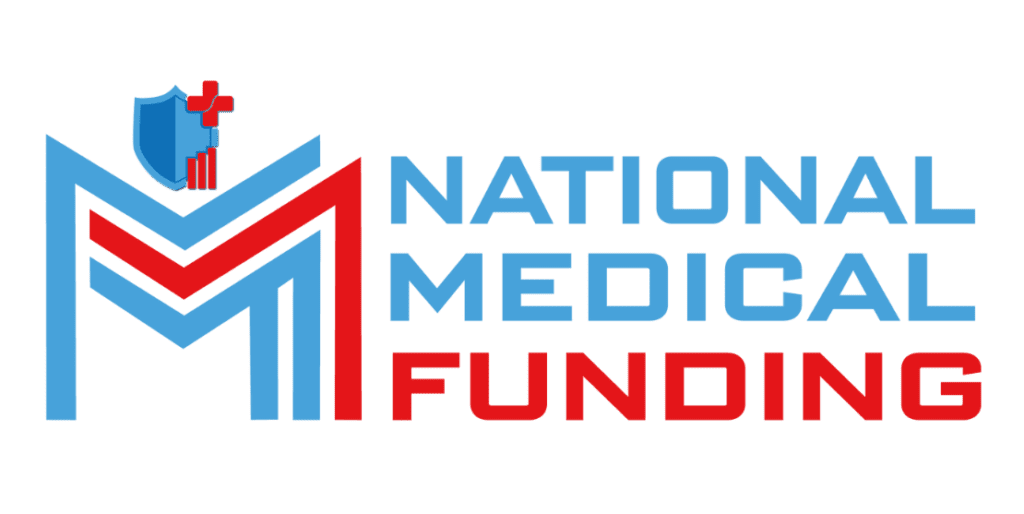
Short-Term Healthcare Loans: A Lifeline for C
In the fast-moving world of healthcare, clinics and med...

Saturday and Sunday – CLOSED
support@nationalmedicalfunding.com



In 2025, the healthcare landscape is evolving faster than ever. Clinics and medical practices are grappling with new technologies, patient expectations, and financial constraints. To stay ahead, one thing is clear—access to smart, flexible funding is critical. This is where understanding current trends in healthcare financing becomes essential. By tapping into the latest shifts in healthcare lending, clinics can navigate uncertainty and growth more effectively.
In this blog, we’ll walk through the key healthcare finance trends making waves this year, highlight how healthcare lenders are adapting, and show why working with expert healthcare finance companies like National Medical Funding is more valuable than ever.
Gone are the days of only relying on long-term bank loans with rigid terms. In 2025, short-term financing options are becoming a go-to solution for many clinics. These loans offer quick access to capital without long repayment commitments. They’re ideal for temporary expenses like equipment upgrades, hiring staff, or responding to seasonal spikes in patient volume.
Short-term loans also allow clinics to stay nimble. With terms ranging from 6 to 24 months, they’re perfect for bridging cash flow gaps without long-term debt burdens. Many healthcare finance companies now specialize in tailoring these short-term solutions for various medical fields—from urgent care centers to dental clinics.
Feature | Short-Term Loans | Long-Term Loans |
Term Length | 6–24 months | 3–10 years |
Approval Speed | 1–5 days | 2–4 weeks |
Use Cases | Equipment, staffing, emergencies | Expansion, real estate |
Medical technology evolves constantly, and clinics must upgrade or replace outdated equipment to remain competitive. However, upfront costs for imaging systems, diagnostic tools, or dental chairs can be overwhelming. That’s why healthcare lenders are making equipment financing more accessible.
Instead of depleting cash reserves, clinics can now lease or finance essential tools with flexible payment plans. The best part? These payments often align with the expected lifespan or revenue generation of the equipment, making budgeting easier. National Medical Funding helps healthcare practices unlock smarter equipment investments.
Related: Medical Equipment Needs Replacing? Here’s a Smarter Way to Pay

Managing existing debt has become a major challenge for clinics, especially those that expanded during the pandemic. Fortunately, leading healthcare finance companies are offering refinancing and consolidation options to reduce the overall burden.
Debt reduction loans help streamline payments and often lower interest rates. This creates a single, predictable monthly payment and reduces financial stress. By working with experts who understand healthcare operations, clinics can restructure debt while still accessing capital when needed.
Learn more: How Healthcare Lending Companies Can Help Reduce Debt Burden for Medical Practices
Automation and AI are revolutionizing everything—including healthcare lending. Healthcare lenders are increasingly using AI-driven platforms to evaluate loan applications, detect risks, and offer personalized funding recommendations.
This means faster approvals and more accurate assessments of a clinic’s financial needs. Clinics can also use online portals to track repayments, apply for renewals, or explore additional funding. These tech-savvy tools reduce friction and help practices focus more on patients and less on paperwork.
Not all clinics are the same, and neither are their financial needs. In 2025, healthcare finance companies are offering more specialized lending programs tailored to different medical sectors—like dermatology, pediatrics, diagnostics, or surgical centers.
This allows healthcare businesses to get funding aligned with their revenue models, insurance reimbursements, and equipment usage. For example, cosmetic clinics with high upfront revenue potential might benefit from balloon-style repayment plans, while primary care centers might opt for steady monthly terms.

With more clinics applying for financing online, data protection and compliance have taken center stage. Reputable healthcare lenders invest heavily in secure systems that comply with HIPAA and other data regulations.
Clinics looking for funding must ensure their lending partner follows best practices in digital security. Companies like National Medical Funding not only prioritize fast access to capital but also keep sensitive financial and patient data safe.
Compliance Factor | Why It Matters |
HIPAA Compliance | Protects patient-related financial data |
Data Encryption | Keeps clinic info safe from cyber threats |
Secure Portals | Enables safe document uploads and approvals |
Traditional loans aren’t always the best fit—especially for new or rapidly growing clinics. That’s where revenue-based financing (RBF) comes into play. This model allows clinics to repay loans based on a percentage of monthly income, making it incredibly flexible.
If revenue drops during a slower season, payments adjust accordingly. RBF is gaining traction among healthcare finance companies catering to modern clinics that need financial breathing room while scaling operations.
Historically, clinics in rural or underserved areas struggled to access funding. Today, the gap is narrowing. Healthcare lenders are increasingly offering inclusive programs that don’t rely solely on traditional credit checks or collateral.
Instead, alternative data—like insurance reimbursement histories or patient volume—are used to assess eligibility. This means even small or new clinics can now access competitive funding to grow and serve more patients.

With so many lenders out there, choosing one that truly understands the healthcare industry can make all the difference. National Medical Funding specializes in helping medical practices navigate the complexities of healthcare finance.
By working with a lender that speaks your language, you gain access to personalized support, better loan structures, and faster approvals. Whether it’s a short-term cash boost or long-term growth strategy, a healthcare-focused lender is a true partner.
The future of healthcare isn’t just about new treatments or better tech—it’s also about smarter financial strategies. As trends continue to shift in 2025, keeping up with the latest innovations in lending can help clinics of all sizes stay competitive, compliant, and patient-focused.
By choosing experienced healthcare lenders and partnering with top healthcare finance companies like National Medical Funding, medical practices can take charge of their finances and unlock sustainable growth.
In the fast-moving world of healthcare, clinics and med...
Delayed insurance reimbursements are a frustrating real...

Fuel your medical practice’s growth with financial solutions tailored to your needs. We’re here to support independent practitioners and group practices with strategies built for success.
Mon Fri: 8:00am – 6:00pm
Saturday: Closed
Sunday: Closed
Copyright © 2025 National Medical Funding